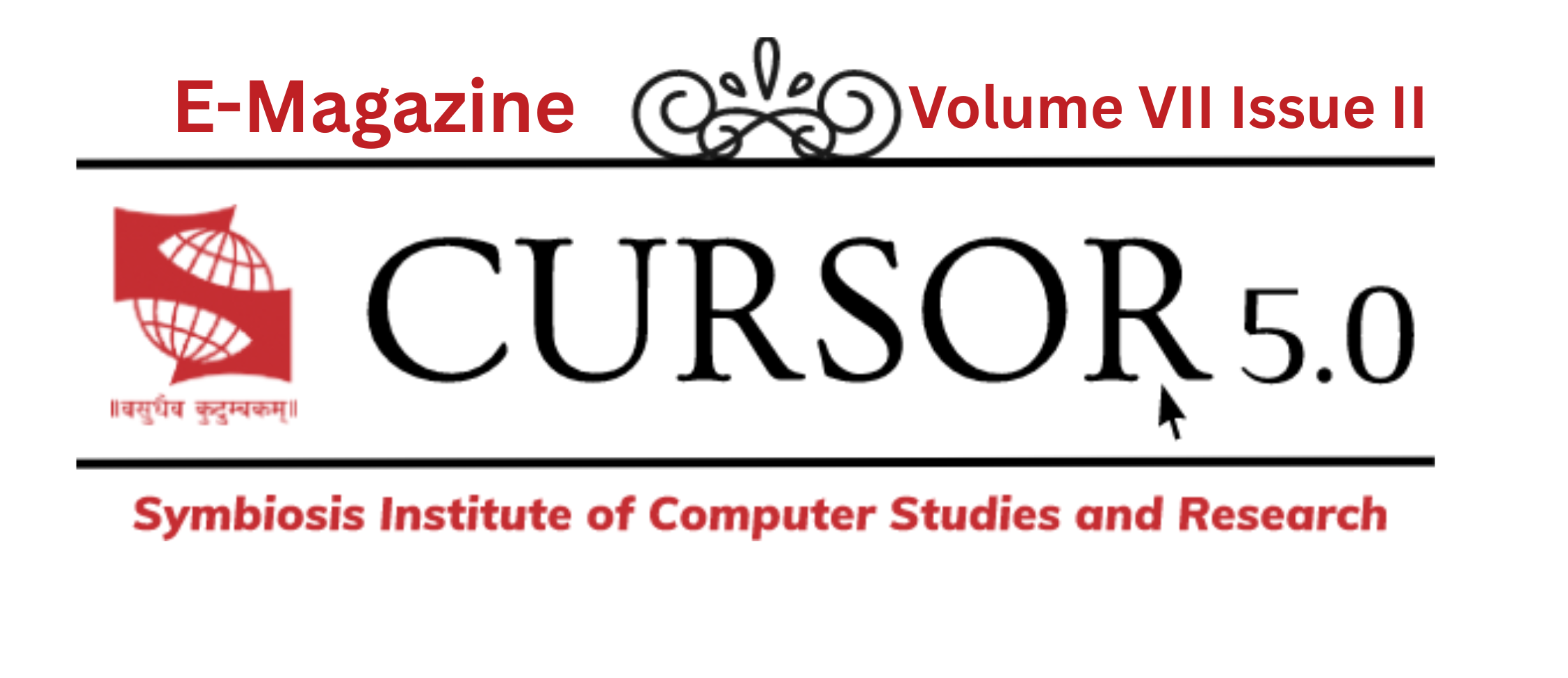
There is no greater pillar of stability than a strong, free and educated woman. This quote essentially captures our true sentiments with regards to empowering women by providing them with education. Currently, there are many barriers preventing women from soaring heights and obtaining the education they deserve such as poverty, child marriage, sex trafficking, gender bias, gender-based violence, the list really goes on…
The Covid-19 pandemic made this already existent crisis even more evident. The dire situation of a majority of our population during the second wave highlighted this question in our minds- Could we have averted this crisis even on a minor scale had we, as a society, allowed and enabled women to engage in various fields such as healthcare, security, writing and reporting etc.?
Our concern was found to be true after an examination of Pune's open data, which can be found at http://opendata.punecorporation.org. It uncovered some unexpected statistics about school enrollment between 2012 and 2017. Although we deemed it necessary to note that the lack of data inhibited further investigation for us. The presented datasets reveal that there is a stark disparity in the number of boys attending school in comparison to the number of girls attending school.
If we have a look at Graph 1, We have data for school enrollment for the year 2012. For starters, in Pre-Primary, there were 40892 boys and 35104 girls, Now if we go to Grade 2, there were 27663 boys and 24927 girls, This same trend where there is a considerable disparity between boys and girls is present in all the grades. In Grade 12 there were 12922 boys and 12395 girls, the only case where the difference between boys and girls was significantly low.

Graph 1
If we have a look at Graph 2, This is the data for school enrollment in the year 2016, this is after several initiatives were taken by the Central Government such as the Beti Padhao Beti Bachao Campaign. In this year there were 35863 boys and 31142 girls in Preschool, if we have a look at grade 2 there were 28659 boys and 25578 girls and this same trend continues for the other classes. The only exception here is grade 12, In grade 12 there 17492 boys and 18148 girls. This was the only instance where there were more girls enrolled in school compared to boys.

Graph 2
Furthermore, we should really consider the fact that this data is only from the city of Pune in Maharashtra. Further analysis has to been undertaken to see if this situation also persists in other cities and states. It is safe to make an assumption that this situation is worse in other economically challenged cities and states and countries all over the world, since Pune has one of highest literacy rates in India, with the rate being 89.56%.
Elucidating the central concept and theme of this article, we can empathize with the fact that a lot of us have experienced what probably feels like rock-bottom during this pandemic. However, this issue makes us wonder if we faltered as a society and brought this fate upon us.
To explain further, a city or a country is a system of systems. All systems or departments are interconnected. These systems or departments don’t work in silos. A problem that is faced by one department could potentially lead to negative consequences for the other departments too.
Now, this pandemic was severe in nature, it showed us that our health-care system lacked the competency to cope with the load of Covid-19 cases that emerged. However, this was not simply a failure of the health-care system. The health-care system is made up of doctors, and doctors are graduates of medical schools. We as a society should be enabling the young adults amongst us to choose a career of their choice, regardless of the individual being a boy or a girl, and if they chose to become doctors, they could also save lives.
However, based on the above evidence, we can conclude that the society we live in today is partial. It can be observed that boys, oft-times, are provided with a higher preference and status than girls. This rather misogynistic approach is not backed by any empirical evidence. There is no research that suggests boys outperform girls in school. This bigotry and bias, is leading to devastating effects on the country.
More research is needed to understand why there is a gender imbalance in schools. However, as a nation, we need take an initiative to encourage all children, regardless of gender, to attend school.
According to some research, the Central Government did implement certain measures in 2015, such as Beti Bachao Beti Padhao movement, which aims to raise awareness and improve the effectiveness of welfare programs for girls in India. The program was partially effective, since the gender difference between boys and girls was minimized. However, we feel that as a society it is possible to do better. We should eventually put an end to all of this discrimination and bias, and only then will we be able to emerge from this rock bottom in the present and move onto a better future.
References
Illustrations by Tanishq Nakra



